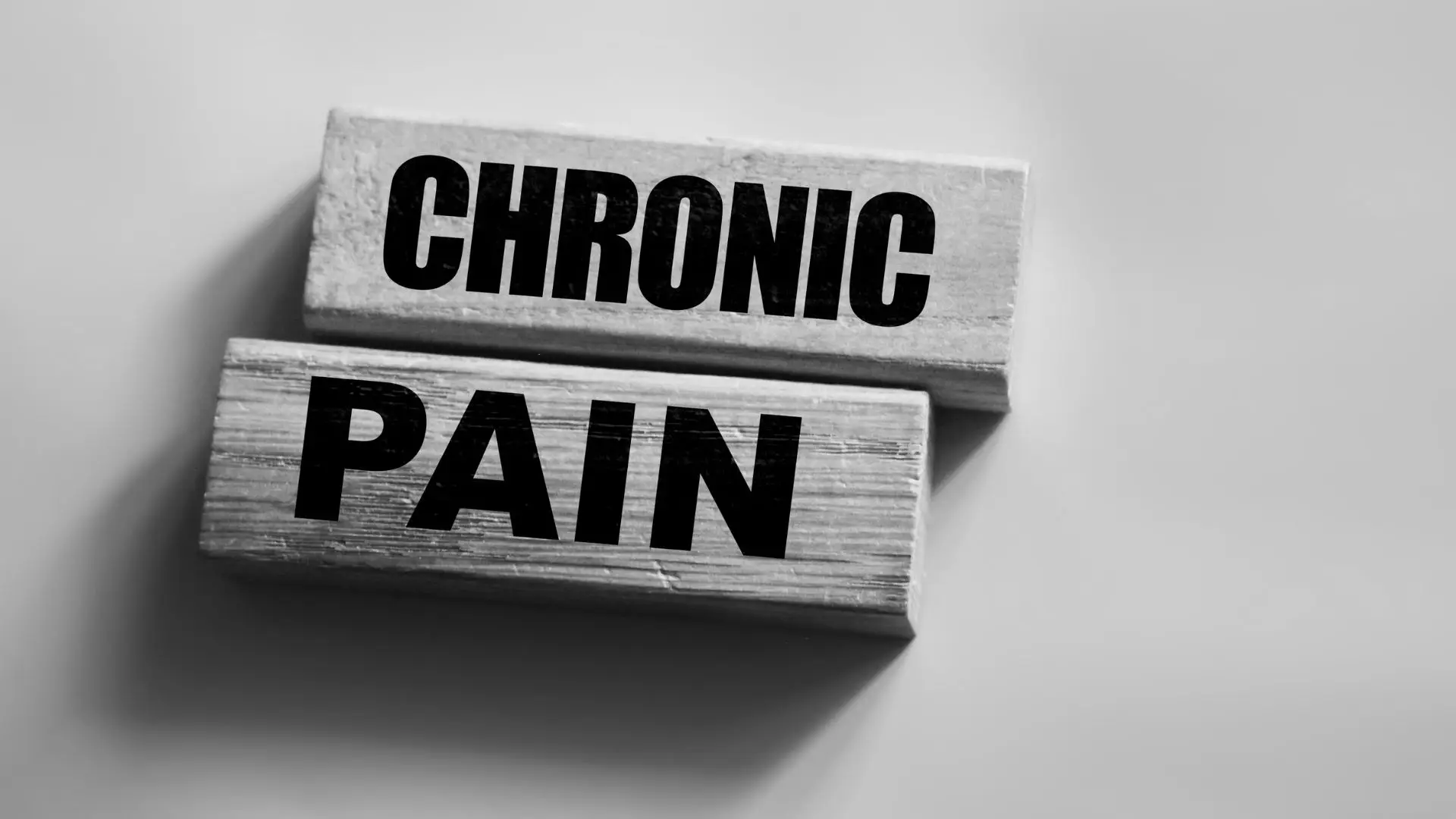

Can Chronic Pain Be Cured? Exploring the Possibilities
Chronic pain is a pervasive and debilitating condition that affects millions of people worldwide. Unlike acute pain, which typically results from an injury or illness and fades as the body heals, chronic pain persists for an extended period, often lasting for months or even years. It can significantly impact an individual’s quality of life, making it a pressing question for many: Can chronic pain be cured? In this blog post, we will delve into the complexities of chronic pain, the factors that contribute to its persistence, and the treatment options available for managing and potentially alleviating this condition.
Chronic Pain versus Acute Pain
Before we explore the possibility of a cure, it’s crucial to understand what chronic pain is and how it differs from acute pain.
Chronic Pain:
- Chronic pain is characterized by persistent discomfort or pain that lasts for an extended period, typically beyond three to six months.
- It can result from various underlying medical conditions, injuries, or even have no clear cause.
- Common examples include back pain, arthritis, migraines, neuropathic pain, and fibromyalgia.
- Chronic pain can be categorized into nociceptive (related to tissue damage) and neuropathic (related to nerve dysfunction) pain.
Acute Pain:
- Acute pain, on the other hand, is a normal response to injury or illness.
- It typically has a clear cause and resolves as the body heals.
- Examples of acute pain include a sprained ankle, surgical pain, or toothache
Factors Contributing to Chronic Pain
The journey to understanding chronic pain and its potential cure begins with an exploration of the factors that contribute to its persistence:
- Biological Complexity: Chronic pain often involves complex biological processes, including changes in the nervous system, altered pain perception, and persistent inflammation. These factors can make chronic pain resistant to treatment.
- Psychological Factors: Emotional and psychological factors, such as anxiety, depression, and stress, can exacerbate chronic pain. Likewise, chronic pain can contribute to the development of psychological conditions, creating a challenging cycle.
- Underlying Medical Conditions: Many cases of chronic pain are associated with underlying medical conditions, such as arthritis, diabetes, or neurological disorders. Addressing the root cause of the pain is essential for effective management.
- Individual Variability: People experience pain differently due to genetic, environmental, and psychological factors. What works for one person may not work for another, making it challenging to find a one-size-fits-all cure.
- Lifestyle and Environmental Factors: Lifestyle choices, including diet, physical activity, and sleep patterns, can influence the severity and persistence of chronic pain. Environmental factors like workplace ergonomics or exposure to toxins can also play a role.
Treatment Approaches for Chronic Pain
While a complete and universal cure for chronic pain remains elusive, several treatment approaches can help manage and alleviate its symptoms. The choice of treatment depends on the underlying cause, the individual’s unique pain experience, and the severity of the pain.
- Medications: Depending on the type and severity of chronic pain, healthcare providers may prescribe various medications, including non-steroidal anti-inflammatory drugs (NSAIDs), opioids, antidepressants, anticonvulsants, and muscle relaxants. These medications can help control pain and improve daily functioning.
- Physical Therapy: Physical therapists use exercises, stretches, and manual techniques to improve strength, flexibility, and mobility. This can be particularly effective for chronic pain related to musculoskeletal issues.
- Psychological Approaches: Cognitive-behavioral therapy (CBT) and other forms of psychotherapy can help individuals manage the emotional aspects of chronic pain, such as anxiety and depression. These therapies can also provide coping strategies for dealing with pain.
- Interventional Procedures: In some cases, interventional procedures like nerve blocks, epidural injections, or radiofrequency ablation can provide relief by targeting the source of the pain.
- Complementary and Alternative Therapies: Modalities such as acupuncture, chiropractic care, massage therapy, and biofeedback may offer relief for some individuals and can be used in conjunction with conventional treatments.
- Lifestyle Modifications: Making healthy lifestyle choices, including maintaining a balanced diet, staying physically active within one’s limitations, managing stress, and getting adequate sleep, can significantly improve pain management.
- Surgical Interventions: In cases where chronic pain is due to structural issues, surgery may be considered. However, surgery is typically reserved for situations where other treatments have not been effective.
The Quest for a Cure
The prospect of finding a definitive cure for chronic pain remains an ongoing challenge due to its complexity and multifaceted nature. While some individuals may experience significant pain reduction or even remission through various treatments, the goal of complete and permanent eradication of chronic pain remains elusive for many.
Researchers are continually exploring new avenues in the quest for a cure, including innovative treatments like gene therapy, stem cell therapy, and neuromodulation techniques. These emerging therapies hold promise but are still in the experimental stages and may take years to become widely available.
Conclusion
Chronic pain is a complex and persistent condition that affects millions of people worldwide. While a universal cure for chronic pain has not yet been discovered, there are numerous treatment options available to manage and alleviate its symptoms. The approach to chronic pain management often involves a combination of medical, psychological, physical, and lifestyle interventions tailored to the individual’s specific needs.
While the quest for a definitive cure for chronic pain continues, the focus should remain on improving the quality of life for those who suffer from it. By working closely with healthcare providers, exploring various treatment modalities, and making positive lifestyle changes, individuals with chronic pain can find relief and hope for a better tomorrow.